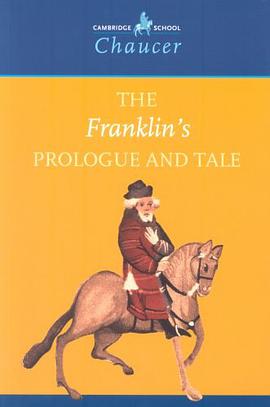

具体描述
Why is it that in some cultures and times, literature, folklore, and art commonly represent death as a man, in others as a woman? Karl S. Guthke shows that these choices, which often contradict the grammatical gender of the word 'death' in the language concerned, are neither arbitrary nor accidental. In earlier centuries, the gender of the figure of death contributed to the interpretation of biblical narrative - in particular, whether the original sin was that of Adam or Eve - and also reflected the importance of the classical figure of Thanatos. More recently, the gender of death as angel, lover, or bride - whether terrifying or welcome - has carried powerful psychological and social connotations. Tracing the gender of representations of death in art and literature from medieval times to the present day, Guthke offers astonishing new insights into the nature and perception of the Western self in its cultural, intellectual, and literary context.
作者简介
目录信息
读后感
评分
评分
评分
评分
用户评价
相关图书
本站所有内容均为互联网搜索引擎提供的公开搜索信息,本站不存储任何数据与内容,任何内容与数据均与本站无关,如有需要请联系相关搜索引擎包括但不限于百度,google,bing,sogou 等
© 2025 book.quotespace.org All Rights Reserved. 小美书屋 版权所有




















